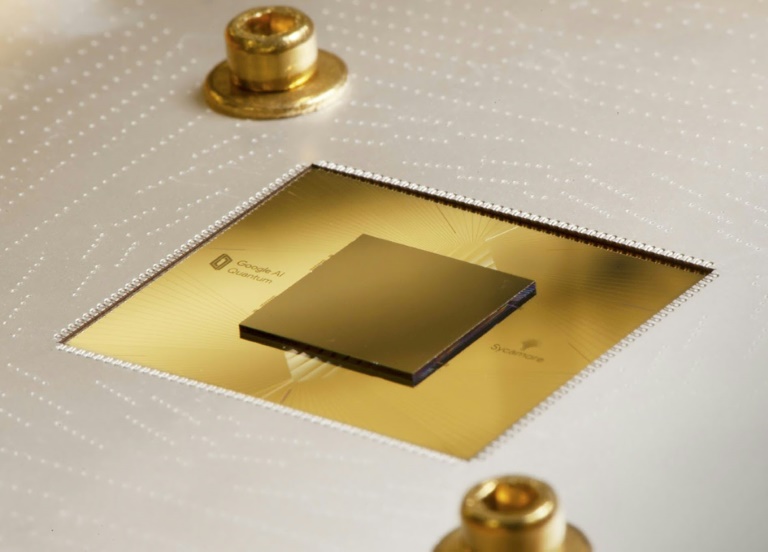A group of molecular engineers has created a revolutionary type of plastic that can be transformed through tempering. Their groundbreaking work, published in the journal Science, was a collaborative effort between the University of Chicago, US DEVCOM Army Research Laboratory, Aberdeen Proving Ground, the National Institutes of Standards and Technology, and the NASA Glenn Research Center. The team’s plastic demonstrated remarkable shape-shifting capabilities when subjected to various tempering methods.
In recent years, the detrimental impact of plastic on the environment and human health has become increasingly apparent, with plastic particles being discovered in soil, air, oceans, and even the human body. Consequently, scientists have been actively seeking ways to minimize plastic production, usage, and disposal. In this context, the research team’s development of a plastic that can be repurposed through tempering represents a significant breakthrough. For example, a plastic bag used for food storage could be transformed into a utensil such as a fork or spoon once it has served its original purpose.
The researchers achieved this remarkable feat by creating a dynamic cross-linked plastic using a process known as a “Michael addition,” which involves the reversible addition of thiols to benzalcyanoacetates. This innovative approach allowed the plastic to be modified through tempering, a technique commonly associated with metalwork, where the material is heated to a specific temperature and then rapidly cooled. By heating the plastic to temperatures between 60°C and 110°C and then transferring it to a standard food freezer, the researchers were able to create diverse objects from the same material based on their preferences.
2024-02-02 18:00:03
Article from phys.org




















